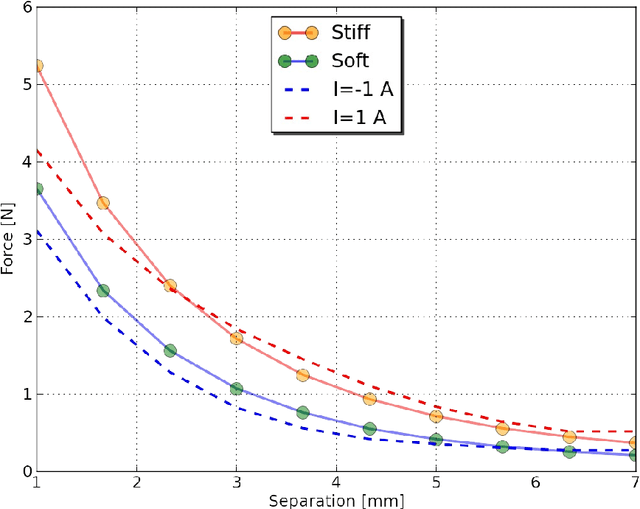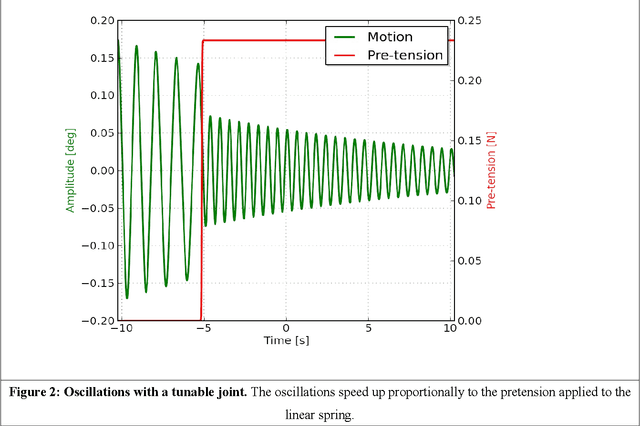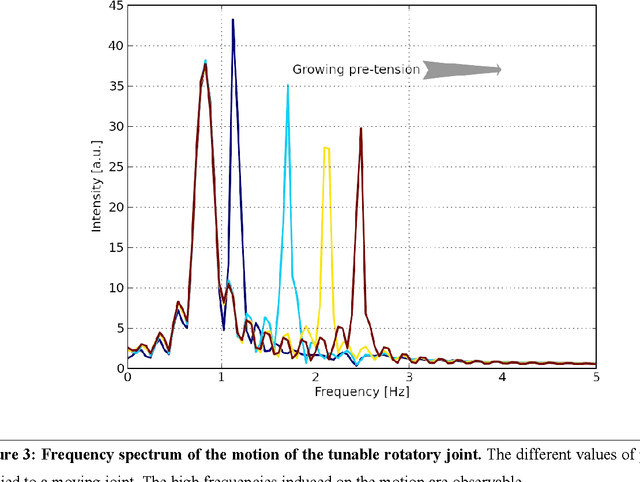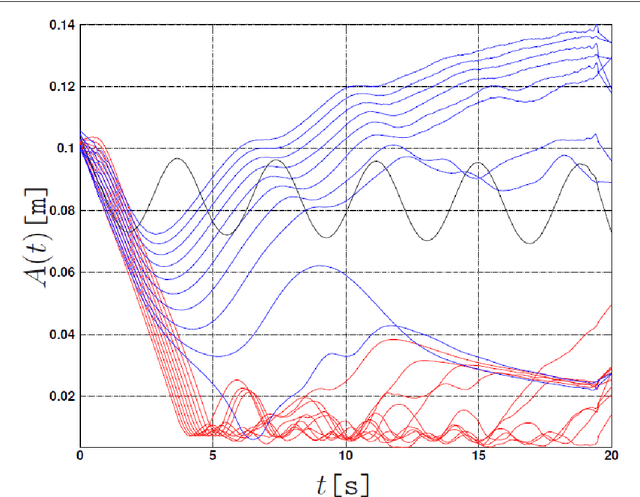SNF Project Locomotion: Final report 2009-2010
Paper and Code
Aug 22, 2011



Summary of results in last project period (1. 10. 2009 - 30. 9. 2010) of SNFS Project "From locomotion to cognition" The research that we have been involved in, and will continue to do, starts from the insight that in order to understand and design intelligent behavior, we must adopt an embodied perspective, i.e. we must take the entire agent, including its shape or morphology, the materials out of which it is built, and its interaction with the environment into account, in addition to the neural control. A lot of our research in the past has been on relatively low-level sensory-motor tasks such as locomotion (e.g. walking, running, jumping), navigation, and grasping. While this research is of interest in itself, in the context of artificial intelligence and cognitive science, this leads to the question of what these kinds of tasks have to do with higher levels of cognition, or to put it more provocatively, "What does walking have to do with thinking?" This question is of course reminiscent of the notorious "symbol grounding problem". In contrast to most of the research on symbol grounding, we propose to exploit the dynamic interaction between the embodied agent and the environment as the basis for grounding. We use the term "morphological computation" to designate the fact that some of the control or computation can be taken over by the dynamic interaction derived from morphological properties (e.g. the passive forward swing of the leg in walking, the spring-like properties of the muscles, and the weight distribution). By taking morphological computation into account, an agent will be able to achieve not only faster, more robust, and more energy-efficient behavior, but also more situated exploration by the agent for the comprehensive understanding of the environment.
 Add to Chrome
Add to Chrome Add to Firefox
Add to Firefox Add to Edge
Add to Edge